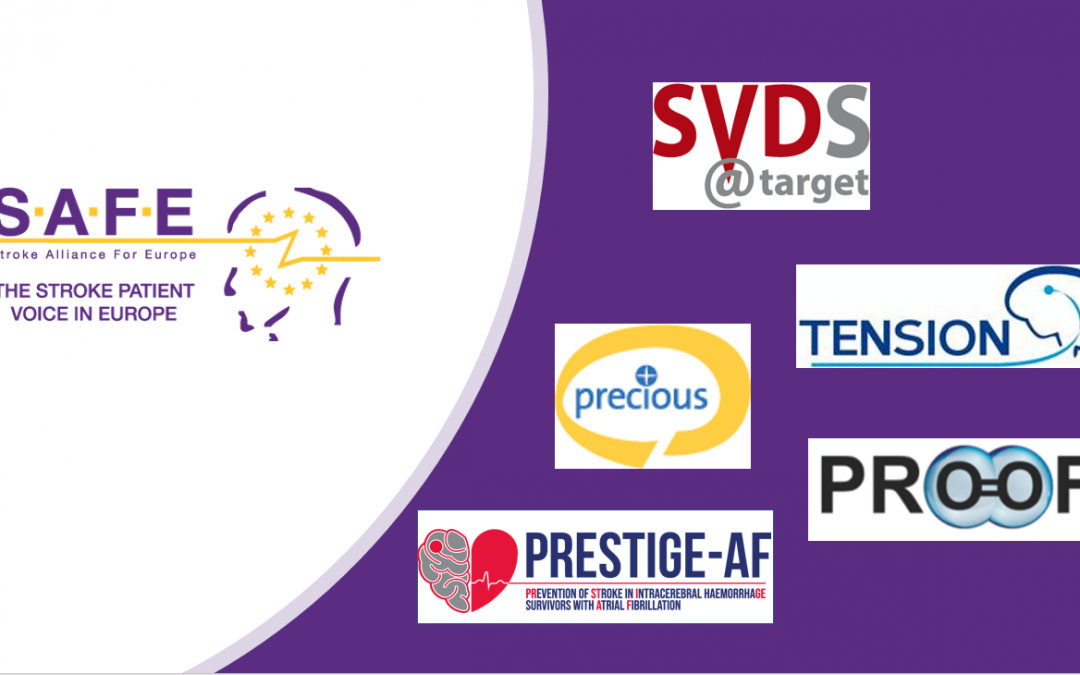
Jan 11, 2019
The Stroke Alliance for Europe (SAFE), participates in EU funded research projects. Our involvement in research allows us to stay up-to-date on the latest research breakthroughs and promising treatments and to ensure that this potential live-saving knowledge reaches patients and healthcare professionals all across Europe. Our major strength is dissemination.
This video contains updates from five research projects that SAFE is actively involved in and these information have already been translated to Greek language by the Cyprus Stroke Organisation and the Hellenic Alliance/ Action for Stroke, to Slovakian by our member organisation Porazka.sk, the Croatian Stroke Society, with many other translations to come in the next couple of months.
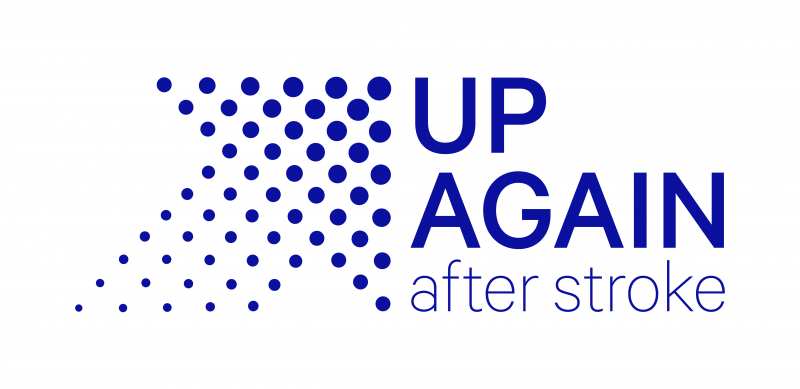
Oct 29, 2018
This article was provided by World Stroke Organisation
Today on World Stroke Day, October 29th the World Stroke Organization, is calling for urgent action and investment to address the growing burden of stroke and circulatory diseases globally.
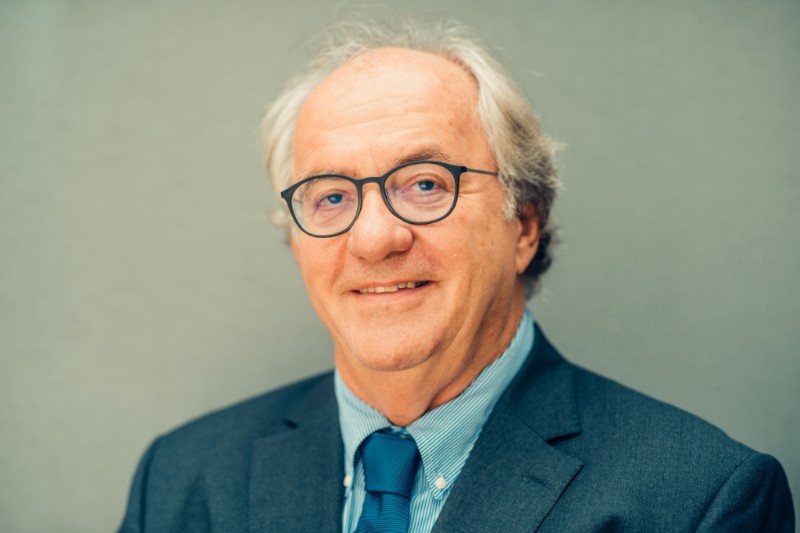
Prof Michail Brainin
Photo credit WSO
Highlighting the disappointing outcome of the recent UN High Level Meeting on Non-Communicable Diseases (NCDs) the WSO President, Prof Michael Brainin said, ‘We know that we 80% of strokes could be prevented by addressing a small number of risk factors, including hypertension, diet, smoking and lack of exercise. We also know that action on prevention would also contribute to a massive scale reduction in heart disease, cancer and diabetes.’
‘The impact of stroke on individuals, families and society as a whole is devastating. Stroke survivors can face significant impairment of movement, speech, cognition alongside debilitating psychological, social and financial problems.
‘With this knowledge, the current lack of political will and investment is cannot be easily comprehended, especially when you consider the cost of such inaction. While 5.5 million people die as a result of stroke each year, there are 80m stroke survivors in the world, many of whom live with some form of disability or impairment. While the costs to individuals is incalculable, the cost to society is astronomical.’
A recent policy document ‘Driving Sustainable Action for Circulatory Health’ published by the WSO and its partners in the Global Coalition for Circulatory Health, has calculated the global cost of circulatory diseases, including stroke, at US$957 Billion in 2015. On current projections this figure is set to rise to US$1044 Billion by 2030. The white paper sets out four key areas for action that, if enacted, would ensure delivery of global goals on disease reduction which are driving the rise in direct and indirect costs of NCDs. These include legislative interventions that:
1. Deliver policies and programmes to address tobacco, alcohol and unhealthy foods, promote clean air and deliver a built environment that fosters safe physical activity.
2. Ensure access to affordable, quality-assured essential medicines, delivered by adequately trained staff, including access to multi-therapy treatments.
3. Mobilise sufficient resources to combat non-communicable diseases including stroke. The taxation of unhealthy products such as alcohol, tobacco, unhealthy foods and non-alcoholic beverages (such as sugar-sweetened beverages) would generate revenues that could be directed to further prevention and control of circulatory diseases at global and national levels.
4. Put in place reliable, simple, and fit-for- purpose surveillance systems for monitoring the burden of stroke and the prevalence of NCD risk factors and treatment of stroke at national and global levels.
Prof Brainin concluded ‘At the recent UN High Level Meeting on NCDs in New York, governments delivered a weak response to a global crisis and agreed to wait 7 years before reviewing progress. In that time another 38.5 million people will die of stroke. We can’t wait until 2025 to calculate our losses, we need strong leadership and bold action to save lives now.’
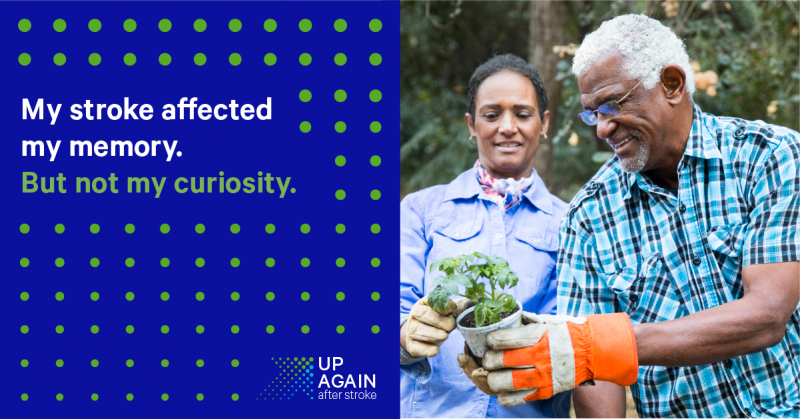
Oct 5, 2018
As World Stroke Day 2018 approaches, we would like to invite you to register your event on the World Stroke Campaign website, by clicking on this button below.
Registration link WSD 2018
SAFE is proud of our member organisations who did tremendous work around World Stroke Day 2017, wholeheartedly supporting the “What’s your reason?” campaign. through use of texts, visuals and other material produced by WSO for this purpose.
We also used the opportunity to convey our own messages based on the Burden of Stroke in Europe Report findings, related to the lack of prevention and stroke awareness campaigns in Europe, as well as the underestimated danger coming from the three biggest stroke risk factors- blood pressure, AF and high cholesterol.
Whether it was a series of lectures like in Cyprus, Portugal, or a book promotion in Luxembourg or sports events that our colleagues from Ireland, Poland and many other countries organised- we showed that raising awareness of stroke was an important topic. Many of our organisations start the preparation for the World Stroke Day long before 29th October. For example, our colleagues from Slovenia started with activities dedicated to WSD as early as September by attending the Festival for the third age and with September’s national gathering, having a stand and giving a free lecture on how to beat stroke, delivered by the vice-president of the Slovenian Stroke Support Organisation, dr. Tatjana Erjavec.
What is your plan for this year? Register your event, put yourself on a map of stroke activists from around the world.
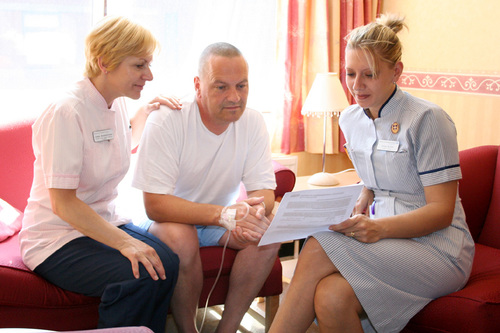
Oct 3, 2018
Cells and platelets stick inside arteries, increase risk after initial attack
The original article was first published on ScienceDaily.com
Doctors have long known that in the months after a heart attack or stroke, patients are more likely to have another attack or stroke. Now, a paper in the Journal of the American College of Cardiologyexplains what happens inside blood vessels to increase risk — and suggests a new way to treat it.
Heart attacks in mice caused inflammatory cells and platelets to more easily stick to the inner lining of arteries throughout the body — and particularly where there was already plaque, according to the paper. As a result, these sticky cells and platelets caused plaque to become unstable and contribute to blood clots that led to another heart attack or stroke.
But the study found treating mice that had experienced a heart attack or stroke with the powerful antioxidant apocynin cut plaque buildup in half and lowered inflammation to pre-attack levels.
“Knowing that newer forms of antioxidants such as apocynin can lower the risk of a second heart attack or stroke gives us a new treatment to explore and could one day help reduce heart attacks and strokes,” said the paper’s corresponding author, Jonathan R. Lindner, M.D., a professor of cardiovascular medicine at the OHSU School of Medicine.
Lindner penned the research paper with colleagues from OHSU, Scripps Research Institute and Bloodworks NW.
The researchers discovered the sticky cells and platelets by using unique forms of ultrasound imaging they developed to view molecules on the lining of blood vessels.
This research could help explain why the recent Canakinumab Anti-inflammatory Thrombosis Outcomes Study, also known as the CANTOS clinical trial, found an anti-inflammatory drug already approved to treat juvenile arthritis also reduced the risk of a second heart attack in trial participants by 15 percent.
Lindner and his colleagues are further studying how the relative stickiness of remote arteries affects the risks for additional heart attacks and strokes and are also evaluating new therapies beyond antioxidants.
The study was supported by the National Institutes of Health (R01-HL078610, R01-HL130046, R01-HL091153, R01-HL11763, HL42846, HL78784), NASA (grant 14-14NSBRI1-0025) and the Swiss National Science Foundation.
Story Source: Oregon Health & Science University. “Antioxidant reduces risk for second heart attack, stroke: Cells and platelets stick inside arteries, increase risk after initial attack.” ScienceDaily. ScienceDaily, 4 September 2018. <www.sciencedaily.com/releases/2018/09/180904164639.htm>.
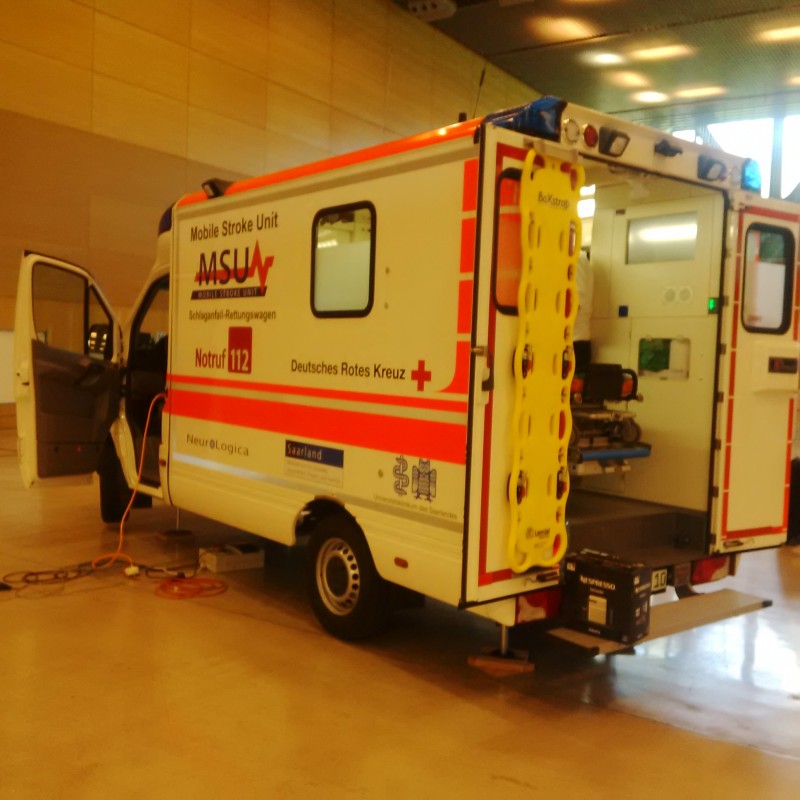
Oct 18, 2016
NewYork-Presbyterian launched an innovative mobile stroke treatment unit in collaboration with Weill Cornell Medicine, Columbia University Medical Center and the Fire Department of New York, according to a press release.
The mobile stroke treatment unit (MSTU) is an emergency vehicle deployed through 911 that is specially equipped to bring immediate care to patients who may be having a stroke. The team contains two paramedics, a CT technologist and a neurologist. The unit also contains all equipment and medications necessary to diagnosis and treat a stroke, according to the release. (more…)
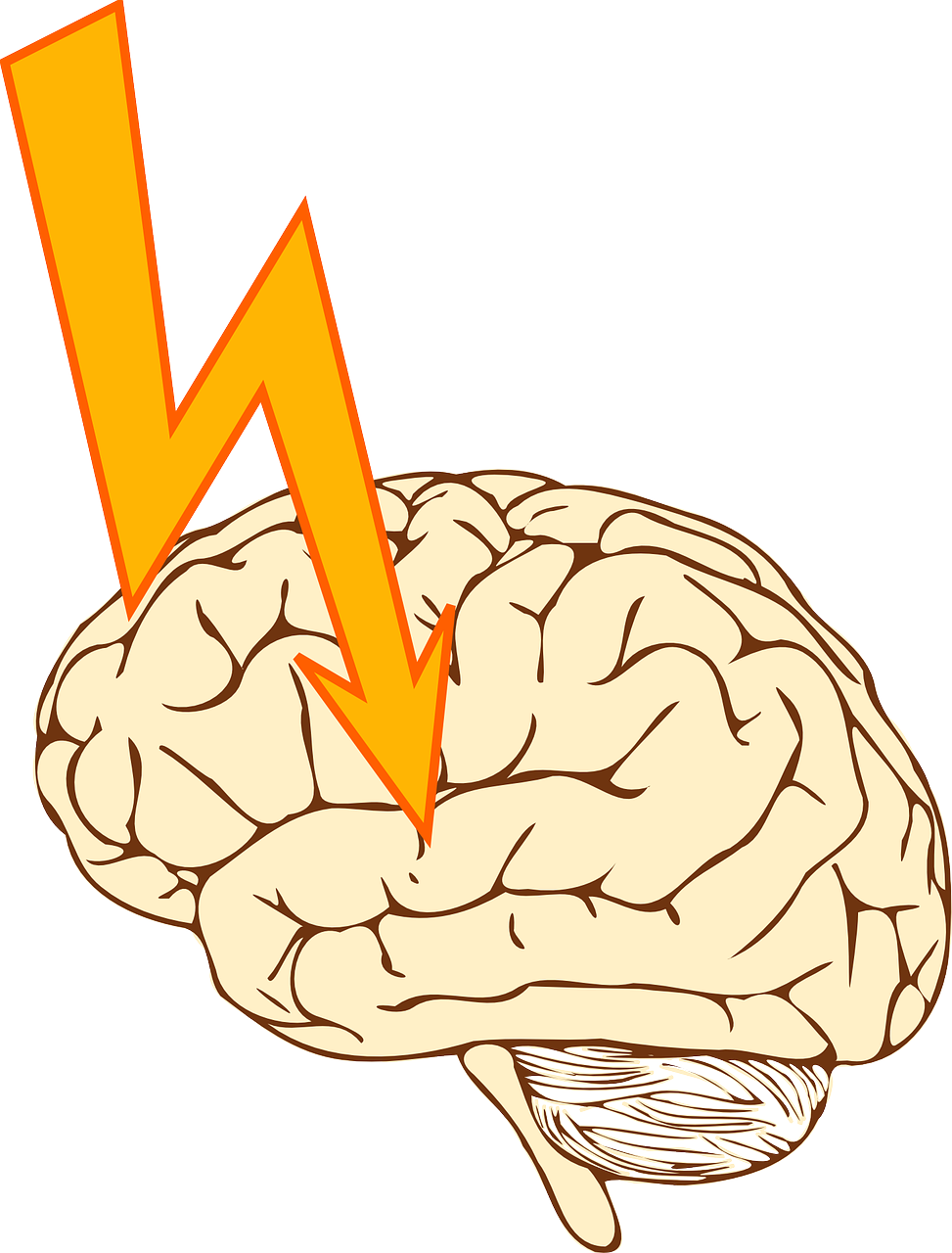
Oct 11, 2016
Oct 07, 2016 | Dava Stewart
A review of the current literature regarding minor stroke and transient ischemic attack (TIA) shows that more comprehensive care could lead to less disability as well as be cost effective. The review, conducted by Aleksandra Yakhkind, MD, of the Department of Neurology at the Warren Alpert Medical School of Brown University in Providence, RI, and colleagues, was published in the journal Frontiers in Neurology recently. (more…)











